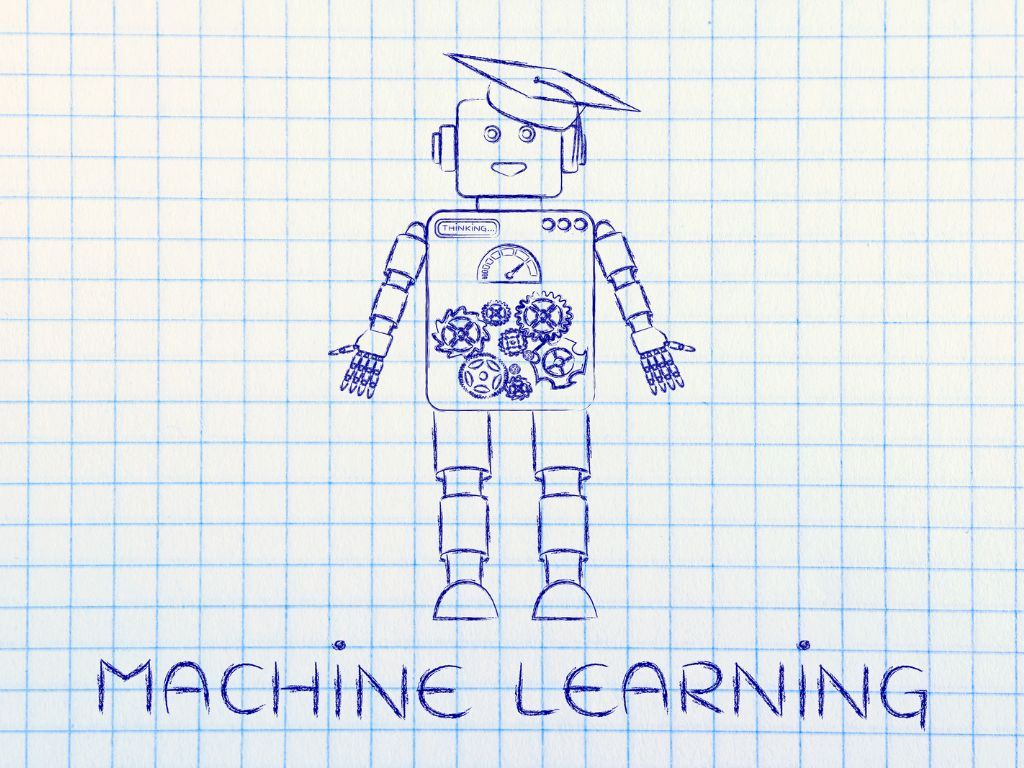Demystifying Machine Learning: An Overview for Beginners

I've been researching and focusing on machine learning (ML) lately. Work has requested advanced analytics projects from me. I have mixed feelings about this request and oscillate between anxiety and excitement. Physiologically they generate the same reactions, but anxiety is associated with a negative experience and excitement with a positive experience.
I'm anxious about this request because I have little experience, and I think I still have a lot of gaps in my knowledge. I'm scared that I might fail. As much as I try to bash the belief into my head that there is no such thing as failure, there are only results (quote by Tony Robbins), I find it challenging not to think like that.
I feel excited about this challenging request because it is a great opportunity to push myself out of my comfort zone and learn new things. I know from experience that this sense of growth and development is highly motivating and fulfilling, and throughout the process, I'll probably get good doses of dopamine hits😁. For those who don't know, dopamine is a neurochemical in our brain. It is associated with pleasure and reward and can create a feeling of excitement and anticipation as we work towards overcoming challenges.
Enough about my feelings. I'll park that aside and share what I know about machine learning. Just to clarify, advanced analytics does not necessarily need to include machine learning. As I mentioned in my blog: What Are the Different Types of Analytics?, advanced analytics is an umbrella term used to describe analytics that uses sophisticated technology and methodology like advanced statistics.
I want to use machine learning for my first project because it's an area I'm interested in. I'll be collaborating with a data scientist, which I'm looking forward to.
Now to what we will cover in this blog:
- What is Machine Learning?
- How does Machine Learning Work?
- What are Some Real-world Applications of Machine Learning?
- What are Some Limitations of Machine Learning?
What is Machine Learning?
Many people think machine learning is a futuristic technology that involves machines becoming more intelligent than humans and eventually taking over the world. I can understand why. It's something we see time and time again in science fiction and popular media.
But did you know that the idea of machine learning has been around for several decades, with some of the earliest research dating back to the 1950s.
So what is machine learning exactly? Machine learning is a branch of artificial intelligence (AI) that involves training algorithms to make decisions or predictions based on data. It is based on the idea of training machines to learn from data and make predictions or decisions based on that learning.
I'll take this opportunity to elaborate on AI. I've come across many people confused by the terms Machine Learning and AI. AI is a broad field that encompasses any technique or algorithm that allows machines to mimic or replicate human-like intelligence, such as the ability to reason, perceive, understand natural language, and even make decisions.
How does Machine Learning Work?
Machine learning works by training computer systems to learn from data and use that knowledge to make predictions or take actions in-real world applications. The basic steps in machine learning are data collection, data preparation, selecting an appropriate machine learning model, training, testing, and deploying the model.
- Data collection: the first step in machine learning is to collect a large and diverse dataset representing the problem to solve. This can be collected from various sources such as the internet, surveys, databases etc.
- Data preparation: once the data is collected, it must be preprocessed and cleaned to remove any irrelevant or noisy data, and to transform it into a format that the machine learning algorithm can use.
- Select model: select an appropriate machine learning model to use for training. There are many types of machine learning models, each with its own strengths and weakness, and the choice of model will depend on the problem being solved and the nature of the data. A commonly used model is linear regression, which models the relationship between input and output variables.
- Training the model: once the data is prepared and the model is selected, the machine learning algorithm is trained on the data. During training, the algorithm learns from the data and adjusts its parameters to optimise its performance.
- Testing and evaluating the model: once the algorithm is trained, it is tested on a separate dataset that it has not seen before to evaluate its performance and make sure it can make accurate predictions.
- Deployment: once the algorithm has been trained and tested, it can be deployed to make predictions or take actions in real-world applications.
What are Some Real-World Applications of Machine Learning?
There are many real-world applications of machine learning across different industries and domains. And you know what? People commonly come across several everyday examples of machine learning without realising it.
- Virtual assistants: virtual assistants like Siri and Alexa use machine learning algorithms to recognise and respond to voice commands and personalise their responses based on past interactions.
- Spam filters: Email providers use machine learning algorithms to filter out spam emails from users' inboxes based on patterns and keywords.
- Social media feeds: Social media platforms use machine learning algorithms to curate users' feeds, showing them content they are more likely to engage with based on their past behaviour.
- Online shopping recommendations: Online retailers use machine learning algorithms to recommend products to customers based on their past purchases and browsing behaviour.
- Online advertising: Advertisers use machine learning algorithms to personalise their ads based on users' past behaviour and interests to increase their likelihood of engagement.
- Medical diagnosis: Machine learning models can assist medical professionals in diagnosing diseases and predicting patient outcomes based on patient data and medical records.
These are just a few examples of the many real-world applications of machine learning, and the field continues to evolve and expand with new applications and innovations.

What are Some Limitations of Machine Learning?
While machine learning is cool and awesome and has become a powerful tool for solving complex problems, it has some limitations. Here are a few key limitations:
- Data availability and quality: machine learning algorithms require large amounts of data to train accurately. The resulting model may be inaccurate or biased if the data used to train the model is limited or of poor quality.
- Interpretability: some machine learning models, such as deep neural networks, can be difficult to interpret and understand how they arrive at a particular prediction or decision.
- Overfitting: overfitting is a common problem in machine learning. It is when the model is trained too well on the training data and becomes too specific to the training data, making it less effective at generalising to new, unseen data.
- Lack of human intuition: while machine learning models can make accurate predictions based on patterns in data, they may not be able to make intuitive judgments that humans can, such as recognising sarcasm or humour in the text.
- Ethics and fairness: machine learning models can perpetuate biases and discrimination if trained on biased data or if the models are not designed to be fair and unbiased.
- Computational resources: some machine learning models, especially deep learning models, require significant computational resources to train and make predictions, which can limit their scalability.
I think it's important to be aware of these limitations when you start working with machine learning. Knowing this means that we can take steps to mitigate them where possible.
If you haven't already realised, machine learning is a powerful tool transforming how we interact with technology and the world around us. It's not as elusive and mysterious once you understand the basic concepts that underpin it. For those interested in learning about machine learning, let's look at how we can begin in the next blog. Stay tuned, folks!

